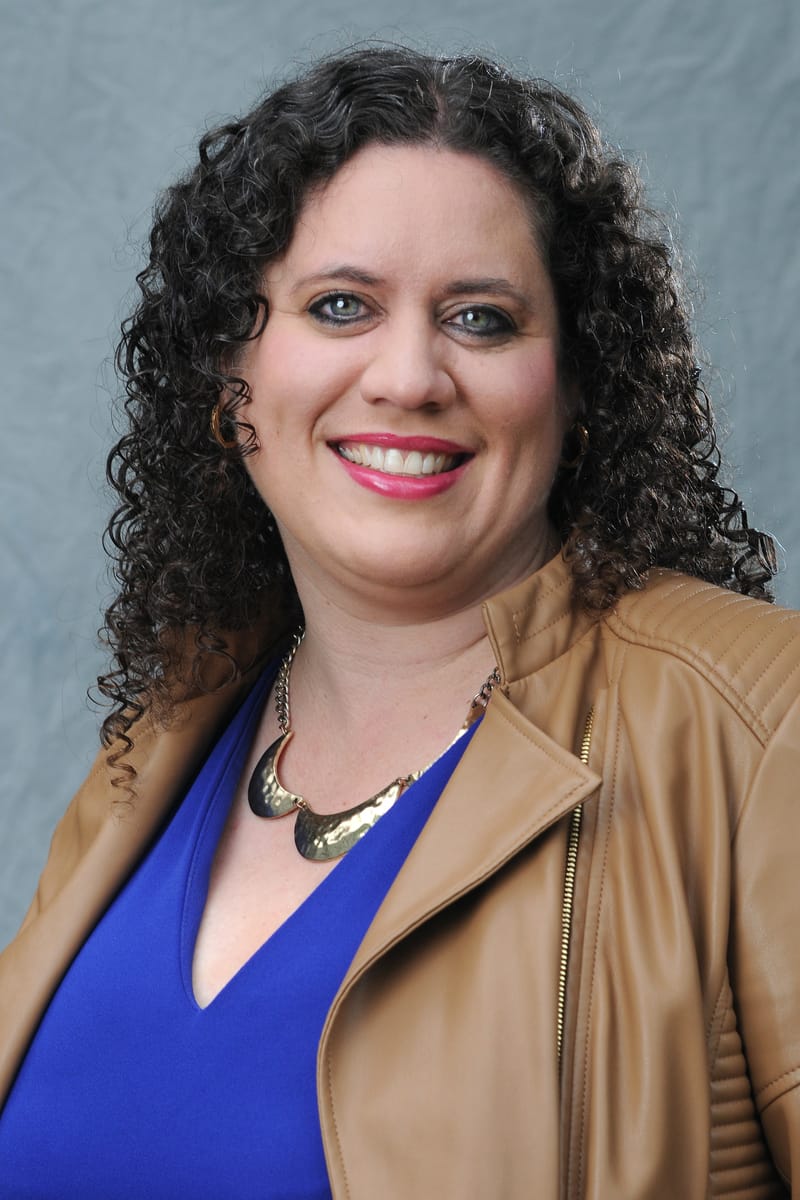What you probably already know: Super Bowl ads this year were inconsistent, to say the least, with most attempts at humor falling flat. London-based advertising firm Daivid — using a proprietary AI platform that measures advertising effectiveness — said the average Super Bowl LIX ad scored a mediocre 6.2 out of 10, noting that the ads garnered the least amount of attention since 2020. There was one consensus winning category, though: the several ads aimed at women. Industry website Marketing Dive published a compelling in-depth look at what worked and what didn’t, concluding that “women owned the night.”
Why? The online publication noted several ads that worked, especially Nike’s “So Win,” developed by famed Portland ad agency Wieden+Kennedy. The ad sought to highlight women’s sports and featured basketball icons Caitlin Clark and Aja Wilson, as well as track star Sha'Carri Richardson and gymnast Jordan Chiles. Other outlets, including Ad Age and CBS News, also praised the ad, which was Nike’s first Super Bowl ad in almost 30 years. Another spot from Novartis, “Your Attention Please,” quickly garnered attention because of its focus on preventative breast cancer screenings. “Born to Run,” from Dove, highlighted the dangers of the objectification of women, while the NFL’s new campaign “NFL Flag 50” featured current and past NFL stars and nine female flag football players. According to the NFL, the ad spotlighted “the high intensity, fast pace and fun nature of girls’ flag football in today’s world.”
What it means: It behoves these companies to target women because they control household finances and possess significant purchasing power, despite ongoing and new struggles for women’s rights. According to a GoBankingRates survey (as reported by Yahoo Finance), 40% of women with partners take the lead in household finances, while another 30% share responsibility. When considering single women, “that leaves fewer than 12% of women whose partners maintain control, which would have been unthinkable until recently.”
What happens now? Seventy-five percent of women now work, the highest in U.S. history. This advertising focus signals a shift toward recognizing and valuing female consumers — not just by showing them washing the dishes or preparing food, which has been the go-to strategy for decades — but by providing content that seeks to engage them on a more intellectual and thoughtful level. This new strategy suggests that future ads will increasingly prioritize inclusivity and cater to women’s interests and needs.




